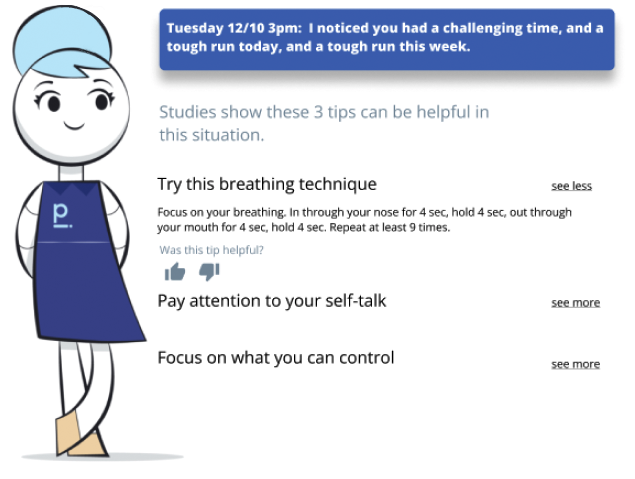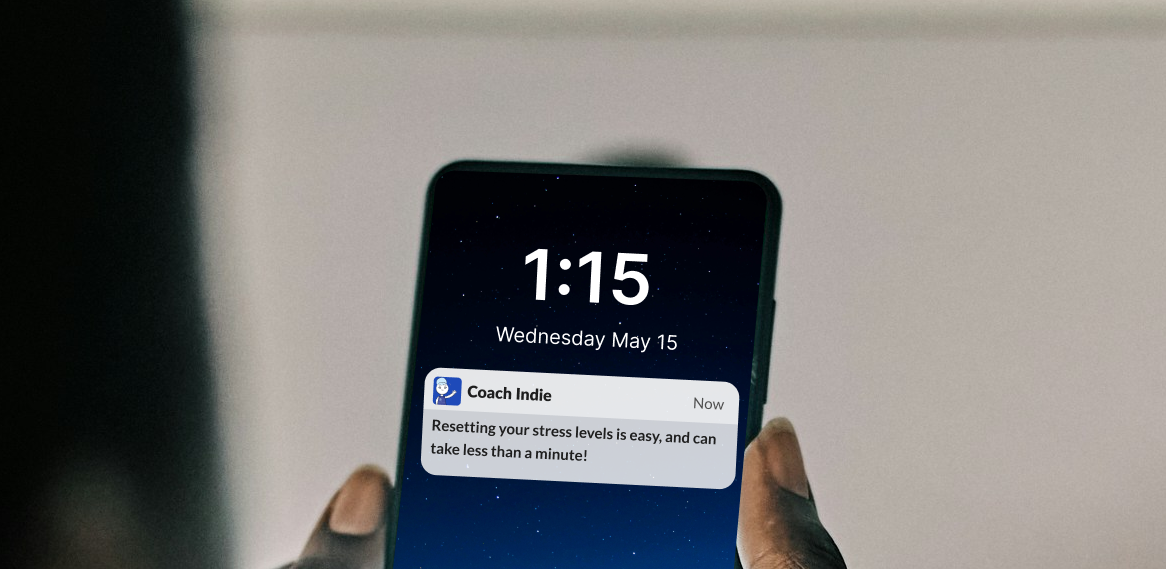With practical advantages such as a zero-time commute, the ability to multi-task on life admin and increased working potential for people living in rural communities, having the flexibility and choice to work from home or remotely has seen some beneficial side effects.
However, work-from-home arrangements, made more common by the pandemic, have increased difficulty for many professionals to maintain routine and structure in their work day. More than half of Australians (51%) surveyed in 2021* reported feeling stressed due to work routines and organisation changes.
Any business offering the choice to work remotely, flexibly or under a hybrid model must intentionally ensure that their team members receive adequate support to maintain positive and productive working environments. Without it, they face declining team mental health and increased workplace burnout symptoms.
These are some common causes of remote workplace stress and strategies to reduce them:
1: Feeling lonely
This one seems obvious but it is also one of the most challenging workplace stressors. With no ‘water-cooler’ chit-chat or face-to-face interaction, people can quickly feel lonely or isolated working from home. 45% of Australians working remotely cited increased loneliness due to their change to remote working.
Don’t always talk about work!
In a sea of zoom meetings, standups and virtual huddles, it can be defaulted to immediately or only chat about work. Workplace culture is created by the humans interacting within it, so take a step back and talk to each other about anything but work for a little while. Scheduling virtual coffee breaks to chat can also be a positive way to check in with each other.
Room for activities!
Virtual team-building activities may invoke a cringe response from some people. Still, Working virtually can mean less physical activity can also present in people’s lives as they may no longer walk to work or leave the desk for lunch. This can lead to an increase in work-related stress symptoms. A great way to unite the team could be with a group fitness or movement goal: two birds with one stone!
2: Lack of structure
A lack of a set routine and structure can lead to longer working hours and ambiguity around how things are effectively done. Which would be stressful on-site, let alone remotely.
Encourage good scheduling
It may take some upskilling in time management and organisational techniques, such as the Pomodoro technique, but encouraging a set schedule can provide the routine and structure many remote workers crave and reduce stress in the workplace.
This includes scheduling lunch, daylight breaks, screen breaks and even some time to pop some clothes in the laundry, pat the cat or simply take a few minutes to breathe. Creating a set workday structure can allow more mental space and energy to get things done due to feeling more organised.
Team collaboration software that promotes work visibility can help reduce stress and confusion around how other people work remotely, such as a collaborative Kanban board (like Trello) or a full project management system (like Monday).
3: Not being able to unplug
45% of Australians surveyed stated they had difficulty finding a work-life balance when working remotely. It can be difficult to ‘leave work’ if you never indeed arrive in the first place.
Encourage unavailability
Ensuring your employees don’t feel like they must be ‘always on’ can relieve a significant remote workplace stressor of not knowing how to switch off.
Enable them to set their availability in a calendar, to set time limits at the outset of meetings so they don’t creep into home life and most importantly, encourage good mental health habits with leadership.
Show that you’re taking breaks, starting work or leaving work at a reasonable time where possible and not promoting an “always on” or toxic productivity culture by sending midnight @all channel Slack messages or emails (there’s a schedule function now).
4: Distracting environment
Pets, partners and having creature comforts (such as gaming consoles) nearby can be a slippery slope to not being tuned into working. Many workers feel less productive when disrupted or distracted, leading to stress.
Enable dedication
Not only is it bad ergonomics to work from the couch, but from an occupational health and safety angle, it’s dangerous. At the bare minimum, you should enable your employees to have a dedicated workspace with an appropriately positioned chair, desk and monitor. But you can further enquire if they require other items limiting distractions, such as good noise-cancelling headphones.
Point two, regarding scheduling and time management, can assist in these distractions being less intrusive and more welcome within appropriate timeframes. It’s all about balance!
5: No telltale signs of stress
For many, expressing vulnerability or asking coworkers or the boss for help may be difficult. Some team members may not outwardly respond with the words “I am lonely” or “I am struggling”.
In a remote setting, you’ll be unable to see their tired faces or experience their lack of energy first-hand, especially on days without meetings. So their work-related stress symptoms may go unnoticed.
Track stress indicators remotely
Our bot Indie connects easily to your existing communication channels (like Slack or email) to analyse written text for symptoms of stress and burnout. Indie privately coaches your team members toward better mental health and positive productivity if warning signs are detected.
It’s like having a team member dedicated to improving your employees' mental health and wellbeing when you can’t be there. It takes less than five minutes to connect Indie here, or you can book a demo to see the coaching in action.

*According to a survey conducted in 2021 by Ipsos.
-1.png)






